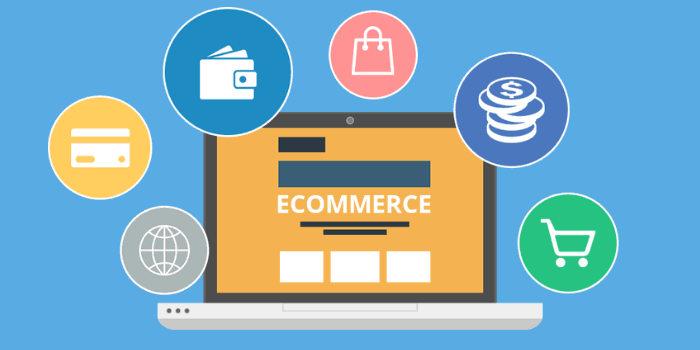SAMI
Published:2020-04-28 07:01:10 BdST
Global E-Commerce sales hit $25.6 trillion in 2018: UNCTAD
Global e-commerce sales hit $25.6 trillion in 2018, equivalent to 30 percent of global GDP that year and an 8 percent increase from 2017, according to the latest available estimates released by the UN's trade and development body, UNCTAD on Monday.
The information was revealed in a report released at the start of UNCTAD's eWeek online event, which will explore digital solutions and policies to help the world recover from the coronavirus crisis, said a press release from UNCTAD.
The online event, featuring dialogues among ministers, heads of international organizations, business executives and civil society representatives, will go on until May 1.

However, Shamika Sirimanne, director of technology and logistics, UNCTAD, said "The coronavirus crisis has accelerated the uptake of digital solutions, tools and services, but the overall impact on the value of e-commerce in 2020 is still hard to predict."
According to the UNCTAD analysis, the estimated 2018 e-commerce sales value includes business-to-business (B2B) and business-to-consumer (B2C) sales.
The accumulated B2B and B2C sales were equivalent to 30 percent of global gross domestic product (GDP) in 2018, UNCTAD says.
UNCTAD said the 2017 value of global e-commerce was estimated at $23.8 trillion, based on a revised methodology.
Top countries in e-commerce sales
The United States of America ($8,640bn), Japan ($3,280bn), China ($2,304bn), Korea (Rep) ($1,364bn), and United Kingdom ($918bn) occupied the first top five positions respectively in e-commerce sales in 2018.
Meanwhile, France, Germany, Italy, Australia and Span are the second top five countries in e-commerce sales, said UNCTAD.

The value of global B2B e-commerce in 2018 was $21 trillion, representing 83 percent of all e-commerce, comprising both sales on online market platforms and electronic data interchange transactions.
The leading B2C e-commerce companies are based mostly in China and the United States. The world's top 10 B2C companies in 2018 generated almost $2 trillion in gross merchandise value (GMV), according to the report.
Alibaba (China) was far ahead with a GMV of $866 billion in 2018, followed by Amazon (United States) with $277 billion. However, in terms of revenue, JD.com (China) and Amazon were ahead of Alibaba.
Developing and transition economies accounted for about half of the top 20 economies by B2C e-commerce sales. In relation to GDP, B2C e-commerce in these economies was the largest in Hong Kong (China), China and the United Kingdom, and smallest in India, Brazil and Russia.
Among the top 20 economies, the extent to which Internet users engage in online purchases varies considerably.
For example, in 2018, 87 percent of Internet users in the United Kingdom shopped online, compared with only 14 percent in Thailand and 11 percent in India.
About 1.45 billion people, or one quarter of the world's population aged 15 and older, made purchases online in 2018, said the report of UNCTAD. This is 9 percent higher than in 2017.
China had the largest number of online shoppers at 610 million, according to the report.
While the bulk of online shoppers mainly bought from domestic suppliers, some 330 million online shoppers made cross-border purchases in 2018 — a little more than one in five of all online shoppers.
Meanwhile, the interest in buying from foreign suppliers continued to expand. The share of cross-border online shoppers to all online shoppers rose from 17 percent in 2016 to 23 percent in 2018.
"Still the number of online shoppers, while huge, is an indication of the scale of the digital divide and the future market potential of e-commerce, both of which need to be addressed," said Sirimanne.
She also said that only half of the world's 7.7 billion people are connected to the internet and its benefits.
This limits the ability of many developing countries to use digital solutions to cope with the current health and economic crisis.
Measuring the value of e-commerce remains a challenge, as most countries still do not publish official statistics on it, even though more governments are collecting information.
Also, countries that publish data on the value of e-commerce sometimes do not follow international guidelines and often revise their statistics.
To take account of recent developments, UNCTAD has adapted its methodology for estimating global e-commerce.
Due to the changes to the methodology as well as country revisions to their 2017 data, the latest e-commerce estimates are not directly comparable to those published by UNCTAD in previous years.
Unauthorized use or reproduction of The Finance Today content for commercial purposes is strictly prohibited.


